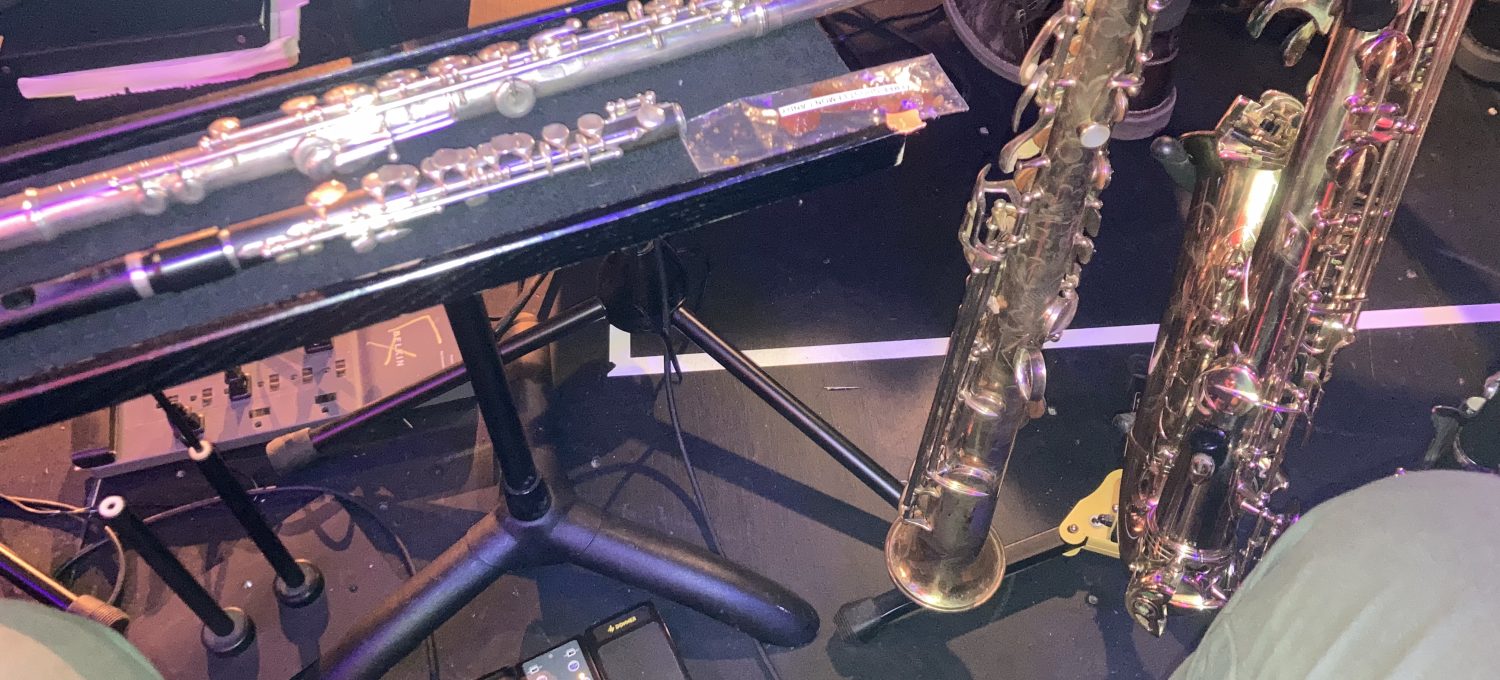Lessons are always a good idea, especially when it involves an instrument you are not as comfortable playing. For those of us who have played a musical theater reed book, we sometimes find ourselves challenged by a member of the instrumental arsenal that is required for the show. Standard doublings of flute, clarinet, and saxophone make up the majority of what we are asked to play. Most jazz players often already play at least two of these instruments proficiently, due to standard repertoire already calling for them. The instrument that breathes fear into most doublers is the piccolo. It is a different beast to play because it is highly exposed, intonation can be a nightmare, and it can overpower the balance in the pit very easily. It is also challenging because most doublers don’t own a high end instrument, which further complicates the situation. I wanted to touch on a few points for the players out there who are frightened or turned off by the instrument and the teachers who may be asked to help these players.
First, these players already have a wealth of knowledge and you don’t have to spend time in a lesson discussing rhythm or music theory ideas. Also, fingerings come pretty easily to most of these players because there are only so many fingerings for F#, and if you play 3 instruments, you are already flexible with new fingerings. The focus on piccolo technique should be using proper or appropriate fingerings. Basic flute fingering issues often pop up, such as leaving the left hand first finger down for fourth line D. Doublers often don’t always know the best fingerings and translate them from their other instruments. Spending time checking some of the “bad habit” fingerings will solve other problems, like pitch and tone, fairly quickly. Also, if there is a particularly challenging area for the doubler (high notes, pitch on a sustained note, etc…) sharing some piccolo specific fingerings can be very helpful for them and solve issues immediately. Give them the best fingering and let them have at it. You know they will practice, so this is a very satisfying situation for the player and the teacher.
Second, tone production can be challenging and is often the root of intonation issues (despite the piccolo make or quality). The best way to address this issue is to watch them play and identify what their face is doing. Often, we will see some clarinet or saxophone embouchure muscles involved, or tongue placement in the mouth is not conducive to the piccolo. Take time to listen to what they are doing, observe what they are doing, and give feedback as to what you see and hear that doesn’t align with proper piccolo playing. Often, the player doesn’t know how the piccolo embouchure and placement should feel and they will approach it like the flute. The piccolo will sit too low on the lip, the aperture will be too wide, and the airstream too slow. I also find that reed players often bite or clamp down on the airstream and try to pinch out the high notes. Have them take a step back from what they have been doing and just work in the low register, which is more in line with flute-like playing. Give direction on how to sound good in the low register and then encourage them to work into the middle register. I utilize basic scales for this. A one octave scale has very little change from note to note, so it’s easier to maintain the proper embouchure. Once they have a feel for it, switch to arpeggios so that they can begin to feel the embouchure changes between the wider intervals. Doublers are used to changing embouchures between instruments so most of them just need to feel the piccolo embouchure properly and then it will click for them.
Finally, talk a bit about the idiosyncrasies inherent in the piccolo. Things like loud and heavy accents between fourth line D and fifth line F have a tendency to chirp or squeak. When the player knows more about how the instrument should behave, it builds confidence because they stop blaming their issues on themselves and understand it is a limitation of the instrument. Helping doublers to understand the struggles we have as piccolo players lays out a clear expectation of what should and should not be easy on the piccolo. This is also a time to discuss instrument quality and that the instrument itself could be the issue. Clearly someone who doesn’t play much piccolo isn’t going to want to drop 8k on an instrument. Discussing the challenges of a $200 used marching instrument versus a pro level instrument and understanding what issues would be easier and which ones might be the same regardless also sets expectations.
In general, I love working with these types of players. They have a wealth of knowledge and musical problem solving skills. Understanding the piccolo and the challenges we all face gives them a reasonable expectation for the instrument. It is also fun and satisfying to share a few trade secrets so that they are confident and successful in their performances. These lessons are always fun for me because I see the light bulb go off and the look of relief on the student’s face is priceless when they realize they have been working way too hard!

